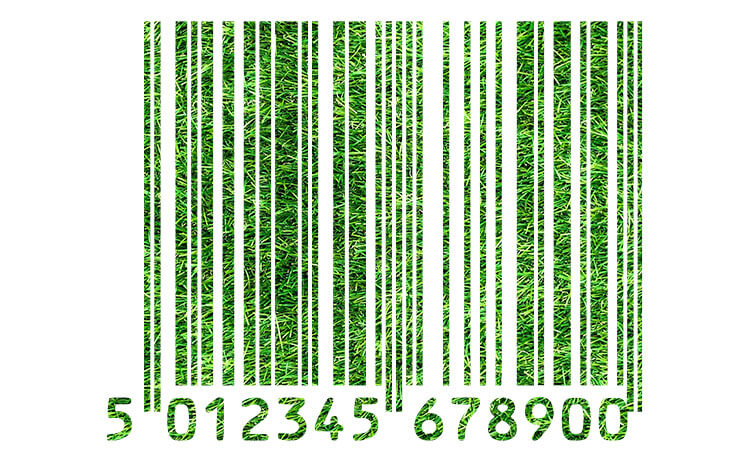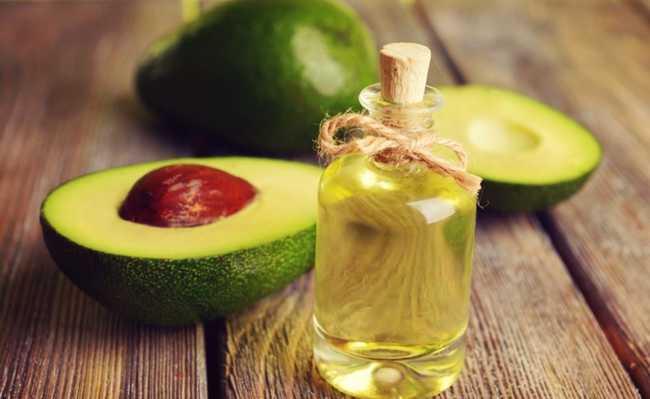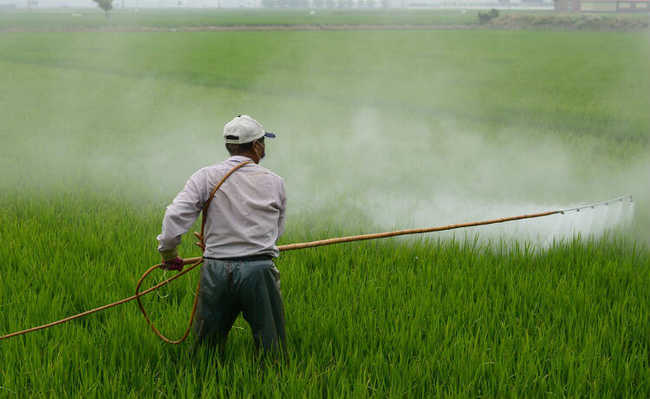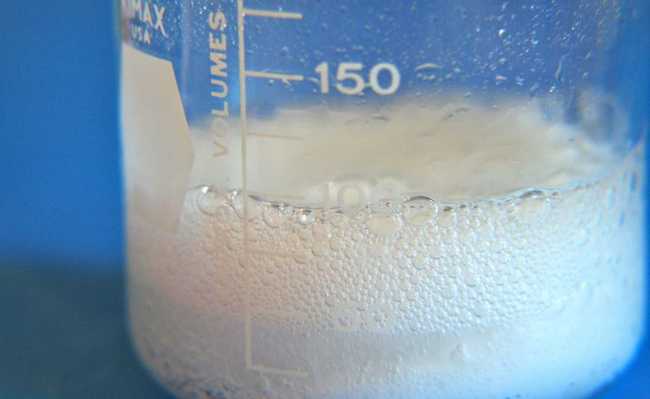How to dispose of bottles of detergents and cleaning products?
These products contain chemical residues, so it is important to sanitize them before proper disposal

The cleaning products offer the removal of dirt from the environments and a disinfection process, eliminating microorganisms that cause a series of illnesses and allergies. However, it is necessary to be aware of the substances present in the products used for cleaning the home so that, instead of promoting a feeling of cleanliness and well-being, they do not cause health problems and environmental damage.
A practice that should be followed is to carefully read the label of such products. It is advisable to change the product if you find any of the following substances on the label: ammonia, bleach, chlorine, formaldehyde, naphtha, paradichlorobenzenes, petroleum distillates, phenol, phosphates, propylene glycol, trichlorethane and triclosan. Contact with these toxic substances is not restricted to those who handle the product (even with gloves), those who frequent the place where the cleaning was done with this product is also susceptible to having contact with them, through breathing or other means. That's why it's important to be careful with the products we use to clean the house.
Another more effective, cheaper, and eco-friendly tip is to make your own cleaning products yourself with ingredients you would normally find in your pantry (see here how to do this). Another alternative is to give preference to concentrated products with refills, as they use less raw materials in their composition, less water in their production and do not require unnecessary packaging.
Precautions
In addition to consuming cleaning products that cause the least possible harm to your health and the environment, it is equally important to take some precautions with the storage and conservation of these products. See some of these precautions below.
- Store the product in a dry, ventilated place away from children and pets;
- Keep your cleaning products separate from food and beverages to avoid spilling some of the product's content on the food;
- Never mix cleaning products. Mixing chemicals can lead to accidents and damage to your health;
Recycling
The accumulation of substances from cleaning products in rivers, lakes and beaches that receive sewage can harm the life of plants and animals. White foam, for example, reduces the penetration of oxygen from the air into the water, making it difficult for these beings to breathe. Phosphates favor the multiplication of red algae which, in excess, also impair the oxygenation of the water (a process called water eutrophication). To avoid these damages, the best thing to do is to consume the product until its end, or, if you don't want it, give it to someone else.
To properly dispose of cleaning products, wait for the bottle to be empty, wash it to remove any remaining product residues and dry it. If there is, remove the outer packaging and deposit it in the appropriate place for selective collection. In cooperatives, the material will go through sorting, becoming raw material for other products.










